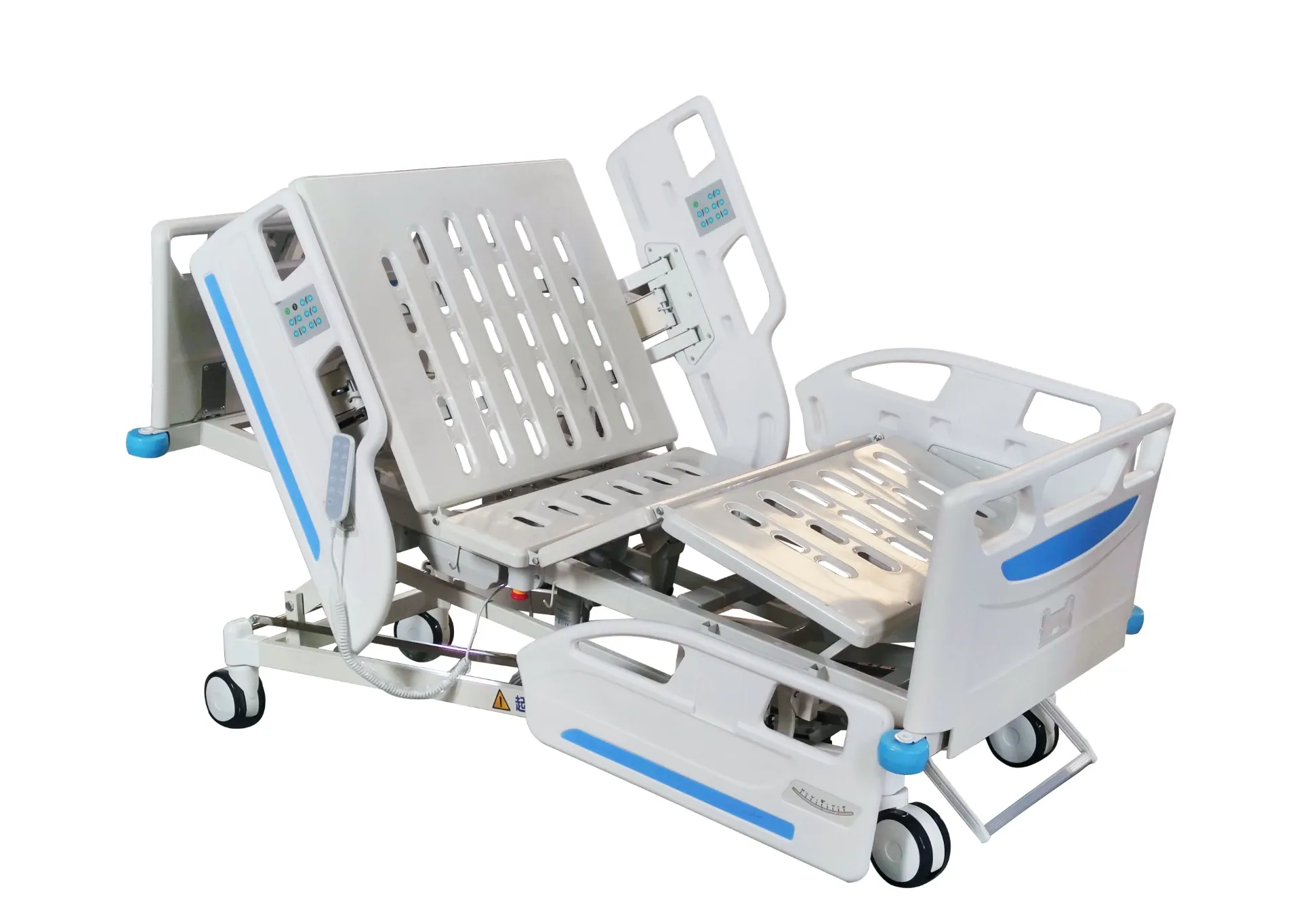Welcome to our websites!
two function hospital bed
The Importance of Two-Function Hospital Beds in Modern Healthcare
In the evolving landscape of healthcare, the quality of patient care is paramount, and the tools that facilitate this care play a crucial role in enhancing patient outcomes. One such vital tool is the two-function hospital bed. These beds have significantly transformed the way healthcare providers deliver care, offering both comfort for patients and functionality for medical staff.
Two-function hospital beds typically feature two primary functions height adjustment and backrest elevation. This versatility enables caregivers to quickly adapt the bed to cater to individual patient needs while ensuring their comfort and safety. For many patients, staying comfortable is essential for recovery. Illness often comes with pain, discomfort, and anxiety, and having a bed that can be adjusted to various positions can alleviate some of these challenges.
The height-adjustable feature of these beds allows caregivers to raise or lower the bed to an optimal working height, reducing the physical strain on nursing staff. This ergonomic benefit is especially important in preventing musculoskeletal injuries among healthcare workers, who frequently lift or reposition patients. The ability to adjust the bed height enhances workflow efficiency, allowing healthcare providers to perform their duties more effectively.
The backrest elevation function of two-function beds also plays a pivotal role in patient care. This feature aids in the management of numerous medical conditions. For instance, patients suffering from respiratory issues benefit considerably from an elevated upper body position, which can facilitate easier breathing. Likewise, patients recovering from surgery often require adjustments that reduce pressure on their incisions, making the backrest elevation a critical component of post-operative care. Additionally, patients with mobility issues may find it easier to sit up and engage with their surroundings when the backrest can be adjusted, promoting a sense of independence and improving their mental well-being.
two function hospital bed

Facility management and operational efficiency are other domains where two-function beds excel. With the ongoing pressures on healthcare systems worldwide, including bed shortages and the need for rapid patient turnover, having versatile equipment can make a significant difference. Two-function beds can serve various patient populations, from post-operative individuals to those with chronic illnesses. This flexibility allows hospitals to optimize their resources and adapt to fluctuating patient needs without the requirement for extensive investments in specialized equipment.
Moreover, the design features of modern two-function hospital beds prioritize infection control and patient safety. Many beds are equipped with smooth surfaces that are easy to clean and disinfect, which is a significant advantage in today's healthcare environment, especially concerning preventing hospital-acquired infections (HAIs). Also, features like side rails and locking mechanisms improve patient safety, minimizing the risk of falls, which can lead to severe complications.
As we look toward the future of healthcare, it's clear that two-function hospital beds will continue to play a key role in patient care. The integration of technology with these traditional beds promises even greater advancements. For instance, smart beds with integrated monitoring systems can track vital signs and alert healthcare providers to any concerning changes in a patient's condition. This level of innovation aims to enhance not only patient comfort but also the overall efficiency of care delivery.
In conclusion, two-function hospital beds are more than just pieces of furniture in a clinical setting; they are fundamental tools that enhance patient care, support healthcare workers, and promote efficient healthcare delivery. Investing in quality two-function beds not only benefits patients by providing comfort and support during their recovery journey but also fosters a safer and more effective work environment for healthcare professionals. As we advance in medical technology and patient-centered care, the relevance and necessity of such equipment cannot be overstated. The future of healthcare relies on such innovations to meet the demands of an ever-changing population and to ensure that every patient receives the best possible care.
-
Transforming Healthcare with Hospital FurnitureNewsJun.24,2025
-
Rehabilitation EquipmentNewsJun.24,2025
-
Mobility and Independence with WheelchairsNewsJun.24,2025
-
Freedom of Mobility with Our Rollator WalkersNewsJun.24,2025
-
Comfort and Independence with Commode ChairsNewsJun.24,2025
-
Bathing Safety and Independence with Shower ChairsNewsJun.24,2025
-
Navigating the Wholesale Landscape of Electric Mobility Solutions: Key Considerations for Power Wheelchair DealersNewsJun.10,2025











